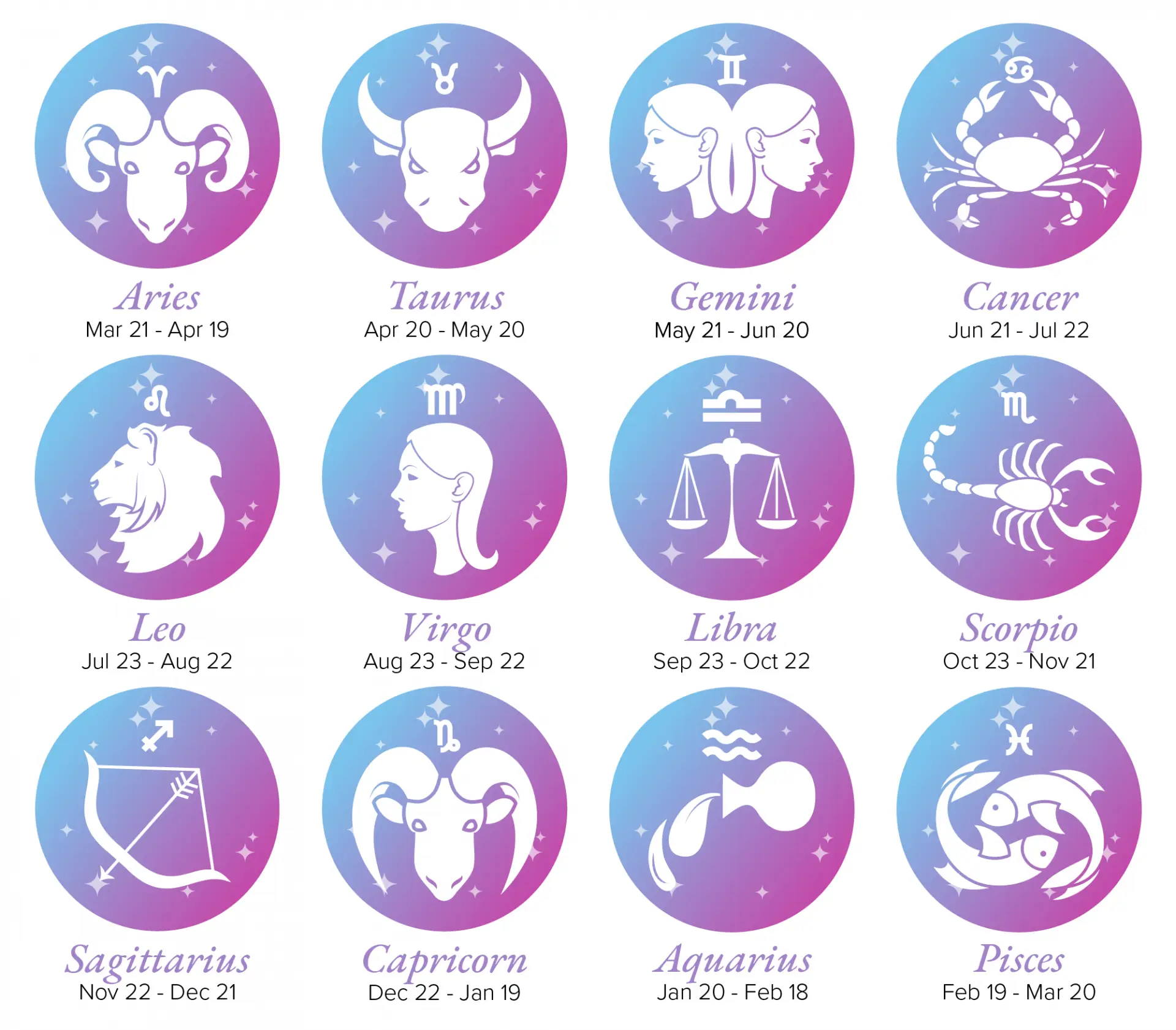Middle Management's Crucial Role: Bridging The Gap Between Leadership And Workforce

Table of Contents
Effective Communication: The Cornerstone of Middle Management
Middle managers are the crucial conduits of information, responsible for translating the leadership's vision into actionable tasks for their teams. Simultaneously, they act as the voice of the workforce, relaying employee feedback, concerns, and suggestions upwards. Clear, consistent, and transparent communication is the cornerstone of effective middle management. This requires a multi-faceted approach:
- Regular team meetings and one-on-one check-ins: These provide opportunities for updates, clarification, and open dialogue.
- Utilizing various communication channels: Employing a combination of email, instant messaging platforms, and project management software ensures information reaches everyone effectively.
- Active listening and feedback mechanisms: Middle managers must actively listen to their teams, solicit feedback, and address concerns promptly. Creating a culture of open communication where employees feel comfortable voicing their opinions is vital.
- Addressing communication barriers: Obstacles like language barriers, cultural differences, or conflicting priorities require proactive management and the development of strategies to overcome them. For example, providing multilingual resources or establishing clear communication protocols can mitigate these challenges.
Performance Management and Employee Development: Nurturing Talent
Middle management plays a pivotal role in nurturing talent within the organization. This involves setting clear performance goals, providing regular feedback, and conducting effective performance reviews. Beyond evaluations, effective middle managers actively engage in mentoring and coaching, fostering employee growth and development:
- Implementing robust performance management systems: These systems ensure consistent evaluation, objective feedback, and clear expectations.
- Providing regular feedback and coaching: Frequent, constructive feedback helps employees improve their performance and achieve their goals. Coaching provides personalized guidance and support.
- Identifying training and development needs: Middle managers should proactively identify skill gaps within their teams and advocate for relevant training opportunities.
- Creating opportunities for career advancement: Supporting employee growth and providing opportunities for promotion fosters loyalty and motivation.
Effective performance management directly impacts employee motivation, retention, and overall team performance.
Strategic Alignment and Execution: Driving Results
Middle managers are responsible for translating high-level strategic goals into concrete action plans for their teams. This requires strong project management skills, resource allocation expertise, and the ability to monitor progress effectively:
- Developing detailed action plans: Breaking down complex strategic goals into smaller, manageable tasks ensures clarity and accountability.
- Allocating resources effectively: Efficient resource allocation ensures that teams have the necessary tools, time, and support to succeed.
- Monitoring progress and identifying roadblocks: Regularly tracking progress allows for proactive identification and resolution of potential issues.
- Making timely adjustments to plans: The ability to adapt plans based on changing circumstances or unforeseen challenges is crucial for success.
Effective execution of strategic plans is directly linked to the organization's overall success and achievement of its goals.
Building Team Cohesion and Fostering a Positive Work Environment
Middle managers are responsible for cultivating a positive and productive work environment. This involves fostering teamwork, resolving conflicts constructively, and motivating employees:
- Team-building activities: Engaging activities can improve team cohesion and communication.
- Conflict resolution strategies: Effective conflict resolution techniques are essential for maintaining a harmonious work environment.
- Recognition and rewards programs: Acknowledging and rewarding employee contributions fosters motivation and engagement.
- Promoting work-life balance: Supporting employee well-being contributes to a healthier and more productive workforce.
A positive work environment leads to increased productivity, reduced employee turnover, and improved overall morale.
Conclusion: The Importance of Investing in Middle Management
In summary, effective middle management is crucial for organizational success. Their roles encompass clear communication, robust performance management, strategic alignment, and the cultivation of a positive work environment. Organizations must recognize the importance of investing in their middle management teams. By providing training and development programs that focus on communication skills, leadership development, and project management, companies can empower their middle managers to bridge the gap between leadership and the workforce more effectively. This investment will ultimately lead to increased productivity, a more engaged workforce, and significantly improved organizational performance. Invest in your middle management today, and reap the rewards of a more efficient and successful organization.

Featured Posts
-
 Best April 14 2025 Horoscopes 5 Zodiac Signs To Watch
May 23, 2025
Best April 14 2025 Horoscopes 5 Zodiac Signs To Watch
May 23, 2025 -
 The Elias Rodriguez Case Examining The Link To Psl Chicago
May 23, 2025
The Elias Rodriguez Case Examining The Link To Psl Chicago
May 23, 2025 -
 Brobbey Vs Hojlund Ten Hags E40m Transfer Decision Scrutinized
May 23, 2025
Brobbey Vs Hojlund Ten Hags E40m Transfer Decision Scrutinized
May 23, 2025 -
 Big Rig Rock Report 3 12 97 1 Double Q Comprehensive Analysis
May 23, 2025
Big Rig Rock Report 3 12 97 1 Double Q Comprehensive Analysis
May 23, 2025 -
 Investigating The Impact Of Trumps Cuts On Museum Exhibits And Education
May 23, 2025
Investigating The Impact Of Trumps Cuts On Museum Exhibits And Education
May 23, 2025
Latest Posts
-
 Couple Fights Over Joe Jonas His Classy Response
May 23, 2025
Couple Fights Over Joe Jonas His Classy Response
May 23, 2025 -
 Joe Jonas Responds To Married Couples Dispute
May 23, 2025
Joe Jonas Responds To Married Couples Dispute
May 23, 2025 -
 How Joe Jonas Handled A Couple Fighting Over Him
May 23, 2025
How Joe Jonas Handled A Couple Fighting Over Him
May 23, 2025 -
 The Jonas Brothers A Married Couples Unexpected Dispute And Joes Reaction
May 23, 2025
The Jonas Brothers A Married Couples Unexpected Dispute And Joes Reaction
May 23, 2025 -
 Jonathan Groff A Tony Award Contender For Just In Time
May 23, 2025
Jonathan Groff A Tony Award Contender For Just In Time
May 23, 2025
